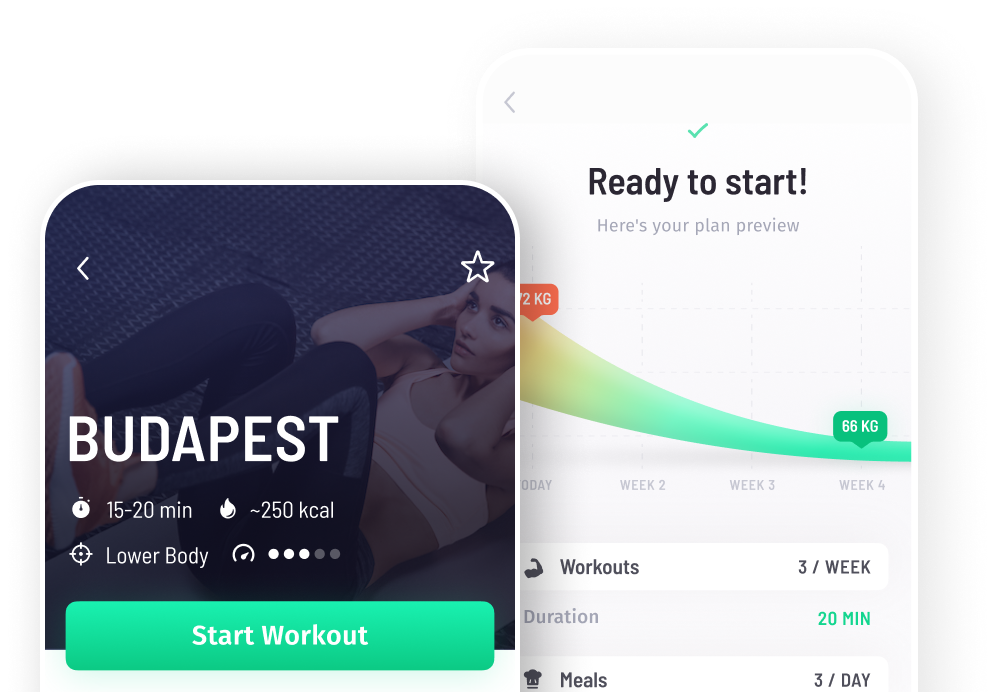The benefits of learning how to meditate at home are vast. Numerous studies have proven that regular meditators feel calmer and more in control of their thoughts and emotions.
Meditation also has a positive impact on physical health. It can help to reduce the adverse effects of stress and inflammation, improve sleep, and even boost brain function. Here are our top five tips on starting an effective home meditation practice.
You may also like: What are the effects of meditation on your brain and body?
1: Find the Right Time
Even with the advancement of modern technology and time-saving devices, these days, we are busier than ever! It is crucial, however, to find some time each day to meditate. Choose a time that you know you can dedicate to your practice every day. Everyone's schedules are different, and you need to evaluate when the most effective time is for you.
You might have more quiet time first thing in the morning before the rest of the household awakes. Or, you may find that committing to 5 minutes before you go to sleep at night is more sustainable. Some people use a portion of their lunch break for meditation. Try some different options and see what feels best.
2: Find the Right Place
Another vital element in learning how to meditate at home is choosing an appropriate place to practice. The hustle and bustle of the home environment can sometimes hinder peaceful alone time. Can you use your bedroom or your home office for your practice? Perhaps you can use the lounge first thing in the morning while everyone else is asleep or showering? Take a few moments to choose the best place in your house for your meditation practice.
3: Start With Short Sessions
Whenever you are building a new habit, it is always best to start with an easily achievable goal. That way, you will feel positive because you are making progress, and you won't become overwhelmed. Starting with five-minute sessions is a great way to build a solid foundation for your home meditation practice. Once you feel comfortable with your five-minute practice, you can gradually increase your time. Consistency is far more critical than the length of time. Daily five-minute meditations will yield better results than weekly 60-minute sessions.
4: Try a Guided Meditation
Beginner meditators sometimes find it hard to still their mind and focus on their breath. If you struggle with an overactive mind, you may find it beneficial to start with a guided meditation. You can find thousands of free guided meditations on YouTube, and apps like Insight Timer. They focus on a wide variety of topics, such as general relaxation, sleep, focus, healing, stress reduction, abundance, and cultivating loving-kindness. While you are learning how to meditate at home, guided meditations can prove a useful tool.
5: Find a Community
Another useful tool is joining a community of likeminded people. Connecting with others who have similar goals is shown to increase success rates dramatically. It can sometimes feel lonely when we are beginning a new habit or routine. But you can use the power of technology to overcome this and supercharge your results. Facebook Groups and Insight Timer can be a great place to start.
Conclusion
If you want to learn how to meditate at home, utilizing our top five tips is a fantastic place to start. You will develop a steady practice in no time, and enjoy all the benefits that regular meditation brings.
Did you enjoy this article? Share it!

